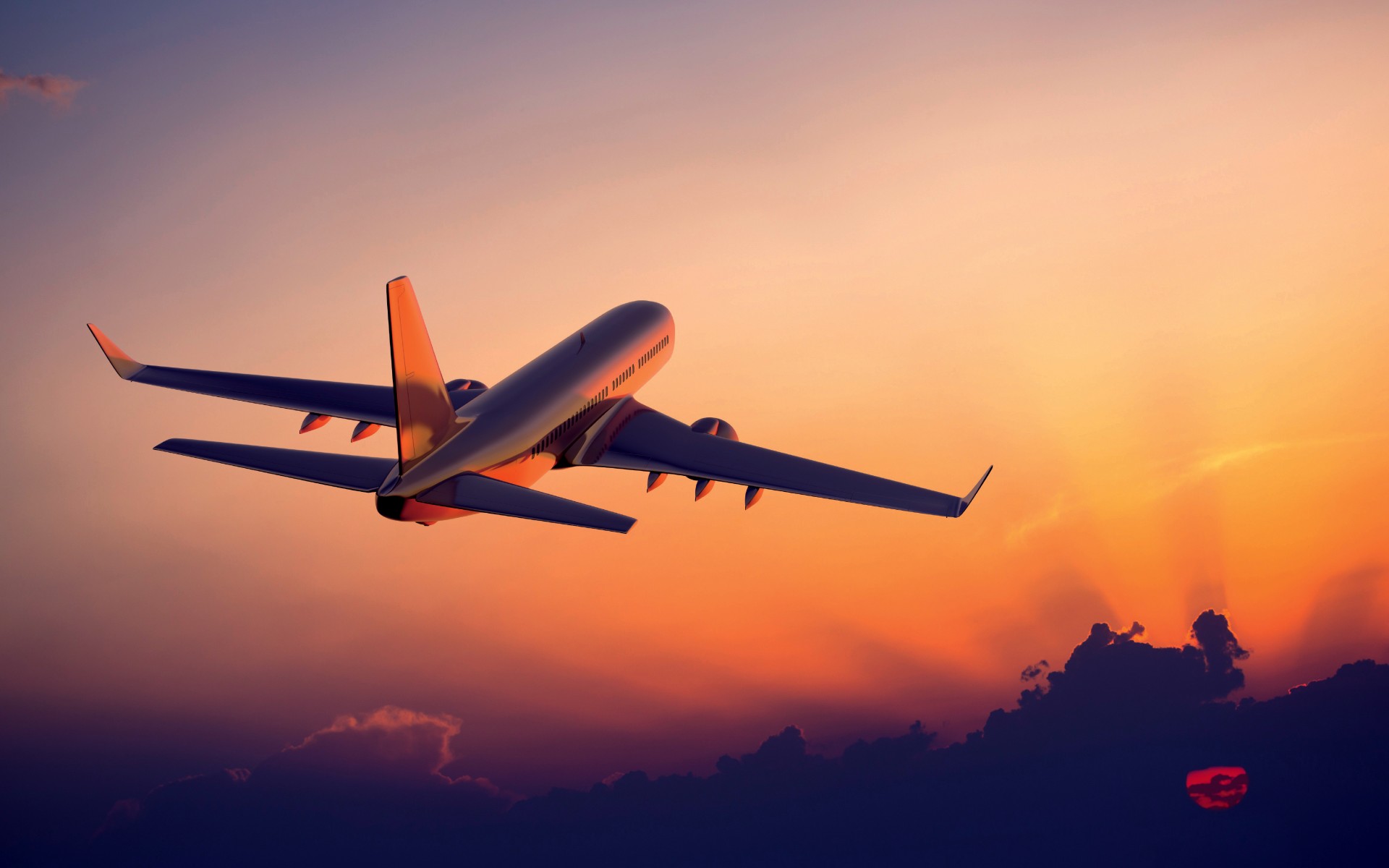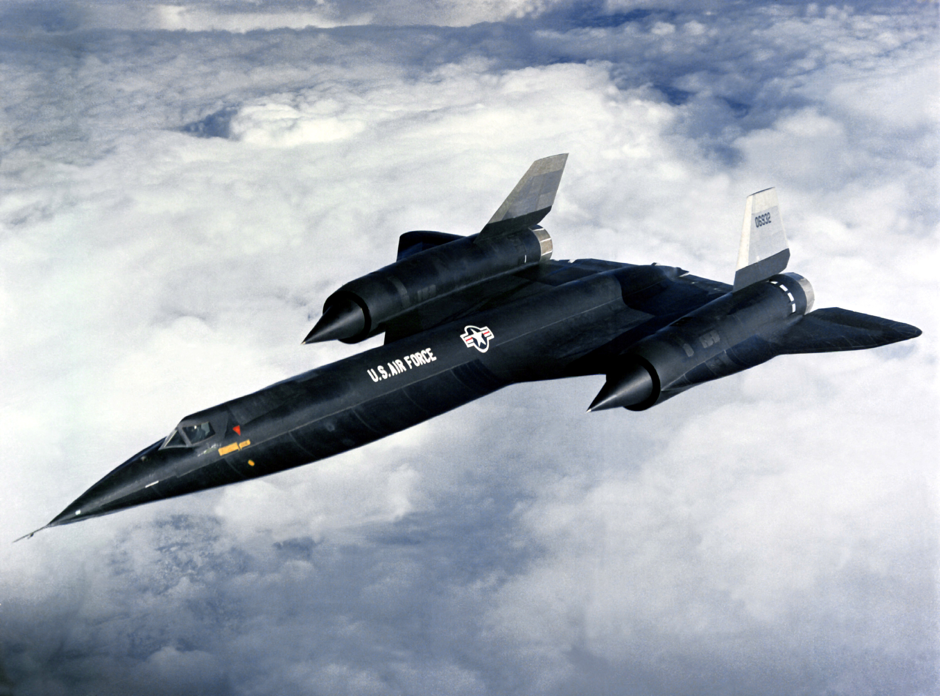Most fears boil down to a lack of understanding, and in those situations knowledge really is power. If the thought of flying in a plane makes you anxious and break out in a cold sweat, these flying safety facts are your medicine to take before, during, and after your flight.
Air Travel Is the Safest Mode of Mass Transportation
Somebody has probably told you at some point that you’re more likely to die in a car accident than a plane crash. Well, that’s actually true. According to David Ropeik, a risk communication instructor at Harvard University, your odds of dying in a car accident are about one in 5,000. And your odds of dying in a plane crash are about one in 11,000,000. In fact, you’re more likely to be struck by lightning, with a one in 13,000 chance for your lifetime.
Fatal accidents do occur, of course, but media outlets give them so much attention you begin to think they happen all the time. Between 1982 and 2010, 3,288 people in the U.S. died from airplane related causes. That’s an average of about 110 people per year, and those numbers include private planes and non-crash related accidents in addition to commercial travel. And flying is only getting safer. Julie O’Donnell, a spokeswoman for Boeing, explains that fatal accidents occurred once every 200,000 flights in the 50s and 60s. Now, fatal accidents only occur once every two million flights.

Commercial Aircraft Go Through Extensive Testing Before They’re Sold to Airlines
Car companies make their vehicles seem safer by showing crash tests in their commercials, but you never get to see the rigorous testing done on planes unless you look for it. Perhaps if you did, you’d feel safer. Aircraft go through a massive amount of testing before they even get off the ground, and there’s still plenty more after that. This includes:
Wing flexibility testing - The plane’s wings are bent to varying degrees—sometimes up to 90 degrees—and eventually bent until they snap. This is to find their breaking point, which always requires far more force than any plane has ever experienced in actual flight. Wings are very strong and designed to bend and bounce.
Ingestion testing - This involves two separate tests. The first is the bird strike test, where dead chickens are shot into the engines to simulate hitting a bird mid-flight. The windshield is also testing. The second test is the water intake test, where the plane lands in a water covered runway as if there was heavy rainfall. This is to ensure a ton of water doesn’t get into the engines.
Temperature and altitude testing - Planes are operated and flown in extremely hot and cold temperatures to make sure their engines, materials, and systems work properly in all conditions.
Oxygen Masks Work Even If It Doesn’t Look Like They Do
There’s an old myth floating around that suggests emergency oxygen masks on airplanes don’t actually do anything because they’re not hooked up to oxygen tanks. Well, just because the bags don’t fill up with anything doesn’t mean they aren’t working.
Oxygen masks are deployed when there’s a loss of cabin pressure. If you don’t put the mask on, you could lose “useful” consciousness in as little as 15 seconds due to lack of oxygen. That’s why you’re instructed to put yours on before you worry about anyone else. The oxygen these masks provide don’t come from a central supply, however.
The way they provide oxygen is simple chemistry. When you pull the mask over your face, a spring-loaded mechanism sets off a chemical reaction that generates oxygen within the mask’s apparatus itself. That’s why it’s important to tug on the mask like they suggest during the emergency procedure demonstration on every flight. The bags on the mask act as an oxygen reservoir, and while they won’t inflate like a balloon, they’re still keeping any oxygen from escaping into the thin air around you. It may not seem like you’re getting enough oxygen, but you’ll have plenty to spare until the pilot can descend to a safer, more breathable altitude.

Commercial Planes Can Fly Safely With Just One Engine, and Can Land Without Any
It might seem like the engines are the only thing that’s keeping the plane in the sky, but they’re only part of the equation. They provide thrust, which is important, but the plane can fly just fine if one of them goes out. All commercial aircraft are designed to operate perfectly well with only one engine.
But what if they all go out? One word: glide.
Turbulence Isn’t Dangerous, and There Are Ways to Reduce Your Chances of Experiencing It
If there’s one thing you take away from these facts, make it this: turbulence isn’t a safety concern. Turbulence is, as commercial pilot Patrick Smith explains, a nuisance, but not a huge danger to you or the plane:
"For all intents and purposes, a plane cannot be flipped upside-down, thrown into a tailspin, or otherwise flung from the sky by even the mightiest gust or air pocket. Conditions might be annoying and uncomfortable, but the plane is not going to crash. Turbulence is an aggravating nuisance for everybody, including the crew, but it’s also, for lack of a better term, normal. From a pilot’s perspective it is ordinarily seen as a convenience issue, not a safety issue."
The main reason pilots do their best to avoid turbulence is because it’s annoying. They want to be able to sip their coffee without spilling the same as you do. Think of turbulence the same way you would think of bumps in the road on a long drive.